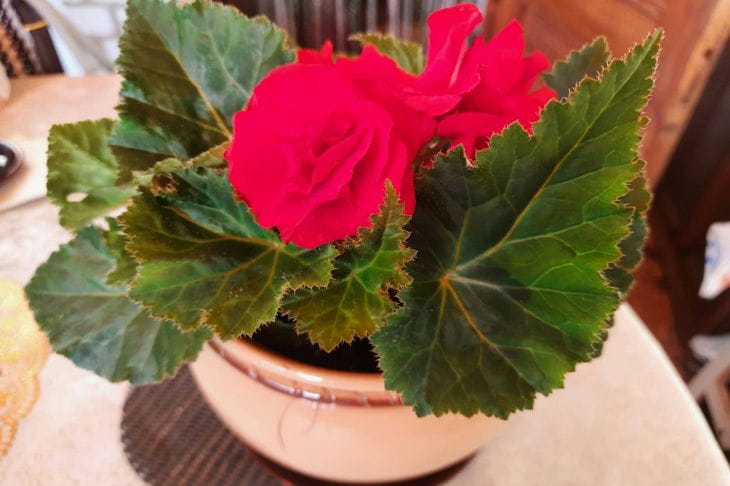Are your favorite potted flowers starting to wilt?
Don't despair, they can often be brought back to life!
Sometimes all it takes is a little attention and proper care, says Anastasia Kovrizhnykh .
Determine the cause of wilting
Determining the cause of wilting is the first and most important step towards saving the plant. Lack of moisture, overwatering, lack of light, diseases or pests are the main factors that lead to loss of decorativeness.
Sometimes aging can be caused by natural aging processes, but more often than not, it is a signal of problems that require your attention.

Lack of moisture
If the soil is dry and the leaves have lost their elasticity, the cause is most likely a lack of watering. Water the plant carefully, allowing the water to completely saturate the soil. To check if there is enough moisture, stick your finger into the soil a couple of centimeters.
If the soil is dry, it's time to water. Avoid overwatering, as stagnant moisture will cause the roots to rot.
For most plants, moderate watering is optimal, allowing the soil to dry out between waterings.
Overflow
Yellowing and falling leaves, wilting stems may indicate overwatering. In this case, you need to remove the plant from the pot, inspect the roots, remove rotten areas with a sharp, disinfected tool and replant in fresh soil.
Provide good drainage to prevent re-waterlogging. A drainage layer at the bottom of the pot (expanded clay, pebbles) will help avoid water stagnation.
Lack of light
Lack of light can also cause wilting. If your plant is in a dark corner, move it closer to the window or provide artificial lighting.
Each plant species has its own lighting requirements, so it is important to know how much light your particular flower needs.
Diseases and pests
Carefully inspect the plant for pests and signs of disease. If you find spider mites, aphids, or other pests, treat the plant with insecticides immediately.
Choose products that are safe for houseplants and strictly follow the instructions for use.
If spots, blooms or other signs of disease appear, apply appropriate fungicides.
Timely detection and treatment of diseases and pests will help save the plant and prevent the problem from spreading to other indoor flowers.
Create favorable conditions
In addition to eliminating the underlying cause of wilting, it is important to create favorable conditions for the plant to recover.
Maintain optimal temperature and humidity. Most indoor plants prefer moderate temperatures (18-25 degrees Celsius) and high humidity.
Avoid exposing the plant to drafts and direct sunlight. Drafts and direct sunlight can stress the plant and worsen the wilting problem.
Feed regularly
Fertilize the plant regularly to provide it with the necessary nutrients.
Choose fertilizers that are specifically formulated for your plant species. Follow the fertilizer instructions to avoid overfeeding the plant. Too much fertilizer can be just as harmful as too little.
Don't give up
Don't despair if the plant looks hopeless. Even severely damaged flowers can come back to life with proper care. The main thing is not to give up and continue to care for them. Patience and care will help bring even the weakest plants back to life.
When resuscitation is not possible
In some cases, it may be impossible to revive wilted flowers. If the root system is completely dead, it will not be possible to save the plant.
However, even in this case, you can try to root the cuttings and grow new plants. Cuttings are an effective way to propagate many types of indoor plants.
Caring for flowers is a real pleasure
Caring for flowers is not only labor-intensive, but also truly enjoyable. Watching how plants respond to your care gives you a huge boost of positive emotions. Don't be afraid to experiment and find an individual approach to each plant.
Earlier we talked about why carrots grow small .









